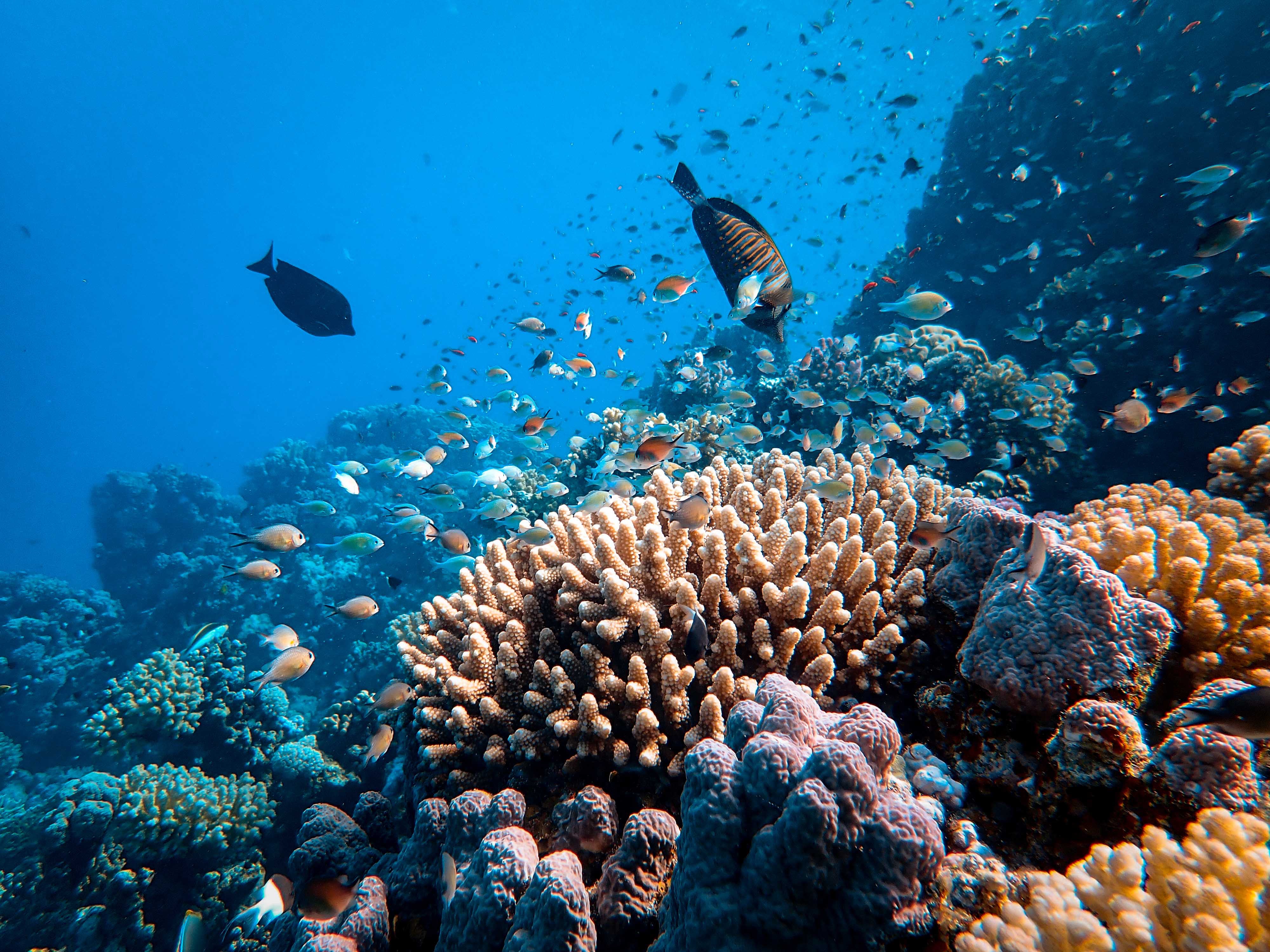
Picture a vast body of water glistening in the sunshine, home to an array of fascinating marine life. From majestic whales and dolphins swimming alongside vibrant schools of fish, to colorful coral reefs that form intricate architectures beneath the surface – these creatures are perhaps some of the most awe-inspiring features contained within our world’s oceans.
The Red Sea is one such aquatic wonderland, providing its inhabitants with a unique habitat unlike any other on Earth. For thousands of years it has been revered for its rarities and riches – both biological and geological – but what else do we know about this mysterious marvel? Here we have compiled 15 facts about the Red Sea that will reveal just how remarkable this ecosystem truly is!
Origin of Its Name
Have you ever wondered why the Red Sea is called so? Its name is believed to come from the red-colored cyanobacteria called Trichodesmium erythraeum, which appears on the surface of the water occasionally, giving it a reddish-brown color.
Geographical Location
The Red Sea is a seawater inlet of the Indian Ocean, nestled between Africa and Asia. It is bordered by Egypt, Sudan, Eritrea, and Djibouti on the west, and by Saudi Arabia and Yemen on the east.
Size and Depth
The Red Sea covers an area of about 438,000 square kilometers and is nearly 2,250 kilometers long. It is also one of the world’s deepest seas, with a maximum depth of 2,211 meters.
Connection to Other Bodies of Water
The Red Sea is connected to the Mediterranean Sea via the man-made Suez Canal in the north and to the Indian Ocean via the Bab el-Mandeb Strait and the Gulf of Aden in the south.
Formation of the Red Sea
The Red Sea is a result of a geological phenomenon called continental rifting, which started nearly 40 million years ago. It is one of the youngest oceans on Earth and continues to widen annually.

Salinity Levels
The Red Sea is known for its high salinity levels, which are due to high evaporation, very little precipitation, virtually no river inflow, and isolation from the rest of the Indian Ocean.
Vibrant Coral Reefs
The Red Sea is home to over 200 species of hard and soft coral, forming one of the most diverse and breathtakingly beautiful coral reef ecosystems in the world. These reefs serve as habitats for a myriad of marine life.
Rich Marine Life
Aside from its remarkable coral reefs, the Red Sea hosts over 1,000 invertebrate species. It is also the habitat for endangered and rare species like the dugong and the Green Sea Turtle.
A Popular Diving Destination
Thanks to its clear waters, vibrant reefs, and diverse marine life, the Red Sea is a favorite destination for divers worldwide. Some popular diving spots include Ras Mohammed, the Brothers Islands, and Elphinstone Reef in Egypt.
Historical Significance
The Red Sea holds a significant place in history, particularly in ancient Egyptian, Greek, and Roman times. It was a crucial trade route for spices and goods between the Mediterranean and the Indian Ocean.

The Red Sea in Religion
The Red Sea has deep religious significance, particularly in Christian and Jewish traditions. It is famously mentioned in the Bible’s Exodus story as the body of water that Moses parted to free the Israelites from the pursuing Egyptian army.
Economic Importance
The Red Sea is a vital commercial shipping route, connecting countries in the East and the West. The Suez Canal, in particular, is one of the most heavily used shipping lanes in the world.
Threats to the Red Sea
Like many other marine environments, the Red Sea faces threats from overfishing, climate change, and pollution. Efforts are being made to preserve and protect its unique and precious ecosystem.
The Red Sea’s Underwater ‘Hot Brines’
The Red Sea is known for its ‘hot brines,’ underwater lakes that are significantly saltier and warmer than the surrounding seawater. These brine pools, found at the bottom of the sea, are rich in minerals.
The Red Sea’s Future
Scientific research is ongoing to understand the Red Sea’s unique properties better and how they can be harnessed for the benefit of humanity. The sea’s high salinity and warm temperatures, for example, make it a valuable site for studying climate change and its effects on marine life.
Conclusion
After reading through this list, it’s clear that the Red Sea and its inhabitants are truly captivating. From its abundant marine life to its geological features, this seemingly hostile environment is home to so many aquatic wonders and rare species. It has been revered throughout history for its beauty and abundance, but the real marvel of the Red Sea lies in its ability to sustain such a unique and diverse ecosystem. Though it may feel undiscovered, the wonders of this place have been known for centuries – so why not make your next adventure one to this magical paradise? Its depths hold secrets yet to be discovered, making it the perfect backdrop for any intrepid explorer. We hope you enjoyed learning more about this enchanting destination – until next time!
Was this page helpful?
Our commitment to delivering trustworthy and engaging content is at the heart of what we do. Each fact on our site is contributed by real users like you, bringing a wealth of diverse insights and information. To ensure the highest standards of accuracy and reliability, our dedicated editors meticulously review each submission. This process guarantees that the facts we share are not only fascinating but also credible. Trust in our commitment to quality and authenticity as you explore and learn with us.
